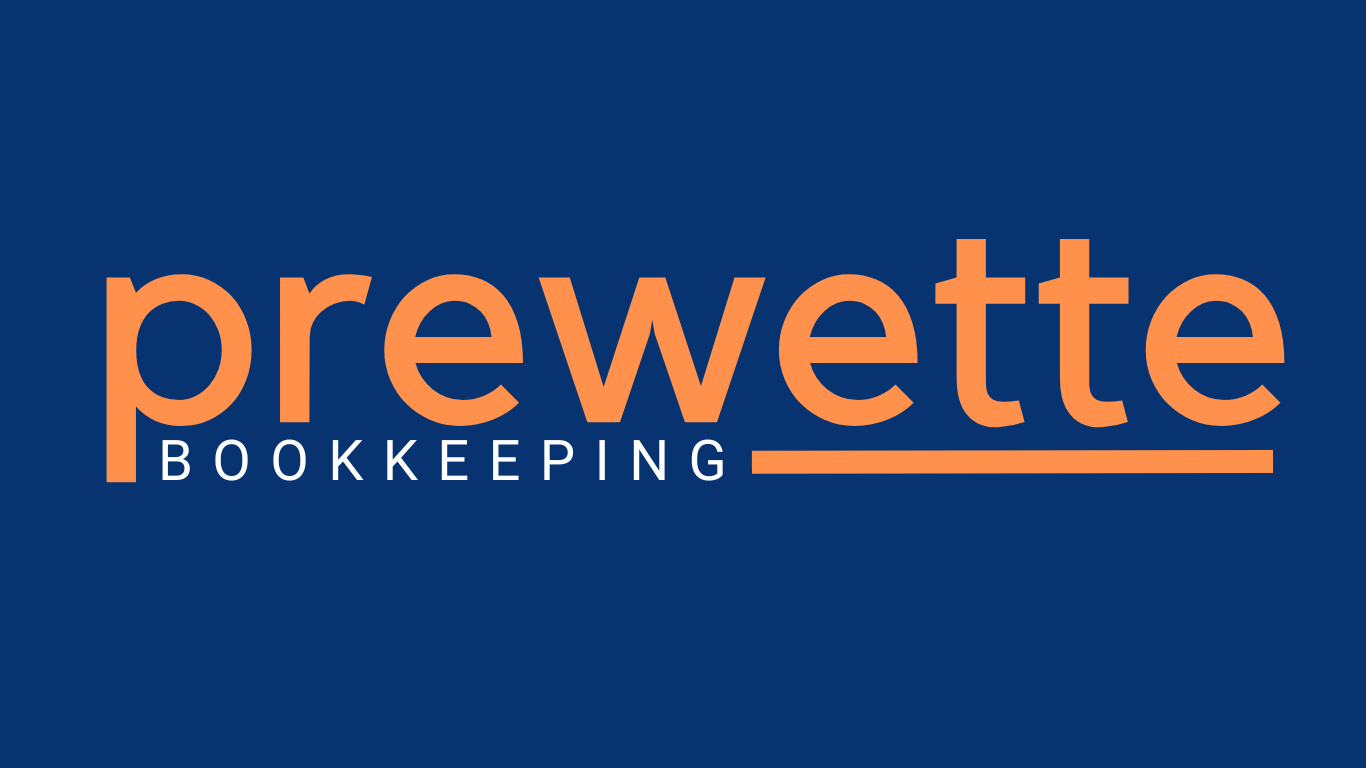In the nonprofit sector, financial literacy is more than just a technical skill—it’s a vital tool that can drive the success, sustainability, and impact of an organization. Nonprofits operate in a unique environment, balancing mission-driven goals with the practical need to manage resources effectively. Whether you’re a board member, staff member, or leader within a nonprofit organization, understanding the fundamentals of financial management can significantly enhance decision making, improve financial health, and contribute to long-term success.
What Is Financial Literacy in Nonprofits?
At its core, financial literacy in the nonprofit sector refers to the ability to understand and apply financial principles in a way that supports an organization’s objectives. This includes everything from understanding basic financial statements like balance sheets and income statements to grasping more complex concepts like budgeting, cash flow management, and financial forecasting. For nonprofit leaders and staff, financial literacy is the knowledge and confidence to make informed decisions that maximize the organization’s resources and ensure financial sustainability.
The Role of Financial Literacy in Enhancing Decision-Making
1. Effective Resource Allocation
Nonprofits often work with limited resources, which means prioritizing spending and resource allocation is crucial. Financially literate leaders and staff can review budgets and financial reports with a critical eye, ensuring that funds are directed toward the most impactful programs and initiatives. Understanding the financial data helps nonprofits make more informed decisions about which projects to scale, which to adjust, and where cuts might be necessary.
2. Informed Fundraising Strategy
Financial literacy is particularly beneficial when developing and evaluating fundraising strategies. Nonprofits that understand their financial health are in a stronger position to set realistic fundraising goals, target the right donors, and allocate funds efficiently. Knowing the financial needs of the organization allows for better communication with potential donors and funders about how their contributions will be used, increasing the chances of attracting support.
3. Managing Restricted vs. Unrestricted Funds
A common challenge for nonprofits is managing restricted versus unrestricted funds. Financially literate staff and board members can ensure that restricted funds—those earmarked for specific purposes—are used in accordance with donor intent, while unrestricted funds are available for general operating expenses. The ability to track and report on these funds with transparency can help organizations maintain trust with donors and regulatory bodies.
4. Monitoring Financial Health and Performance
Financial literacy equips nonprofit leaders with the tools to regularly assess their organization’s financial health. This includes monitoring cash flow, assessing liabilities and assets, and understanding key financial metrics like operating margins or liquidity ratios. Being able to identify early warning signs of financial stress, such as declining revenue or rising expenses, allows nonprofits to take corrective action before problems escalate.
Why Financial Literacy is Essential for Staff and Leadership
1. Promoting Organizational Transparency
Nonprofit organizations are often funded by donations, grants, and public support, which makes financial transparency vital. Financial literacy helps leaders create clear, understandable financial reports that can be shared with board members, donors, and the public. This transparency fosters trust and accountability, ensuring that stakeholders feel confident in the organization’s stewardship of resources.
2. Empowering Staff to Contribute to Financial Decisions
When staff members have a basic understanding of the organization’s financial situation, they become more engaged and empowered to make decisions that align with the nonprofit’s goals. From program managers to administrative staff, a team that understands the financial constraints and priorities can contribute innovative solutions, identify cost-saving opportunities, and help keep the organization financially on track.
3. Strengthening Board Governance
Board members play a critical role in overseeing a nonprofit’s financial health, and financial literacy is essential for effective governance. Boards must understand financial reports and use that information to make strategic decisions, set appropriate policies, and ensure that the organization is meeting its financial obligations. Board members with financial knowledge are better positioned to ask the right questions, provide valuable guidance, and hold the organization accountable for its financial stewardship.
4. Sustaining Long-Term Growth
Financially literate leaders are better able to make strategic decisions that will ensure the long-term sustainability of the nonprofit. This involves balancing short-term operational needs with long-term goals, like building an endowment, creating financial reserves, and planning for future growth. By making thoughtful financial decisions today, organizations can secure the resources they need to support their mission for years to come.
Financial Literacy Can Lead to Greater Impact
Ultimately, financial literacy directly impacts a nonprofit’s ability to fulfill its mission. By understanding financial management principles, leaders and staff can make decisions that allow the organization to maximize its resources, scale its programs, and serve the community effectively. Additionally, financial literacy enables nonprofits to better navigate complex financial landscapes, including tax compliance, reporting requirements, and grant management.
All Rights Reserved | Powered By Snapps
Schedule a Meeting
Discovery Call: Click HERE to schedule a free 30-minute phone or video consultation to answer your questions
about Prewette Bookkeeping and to see if we are a good fit to work together.

